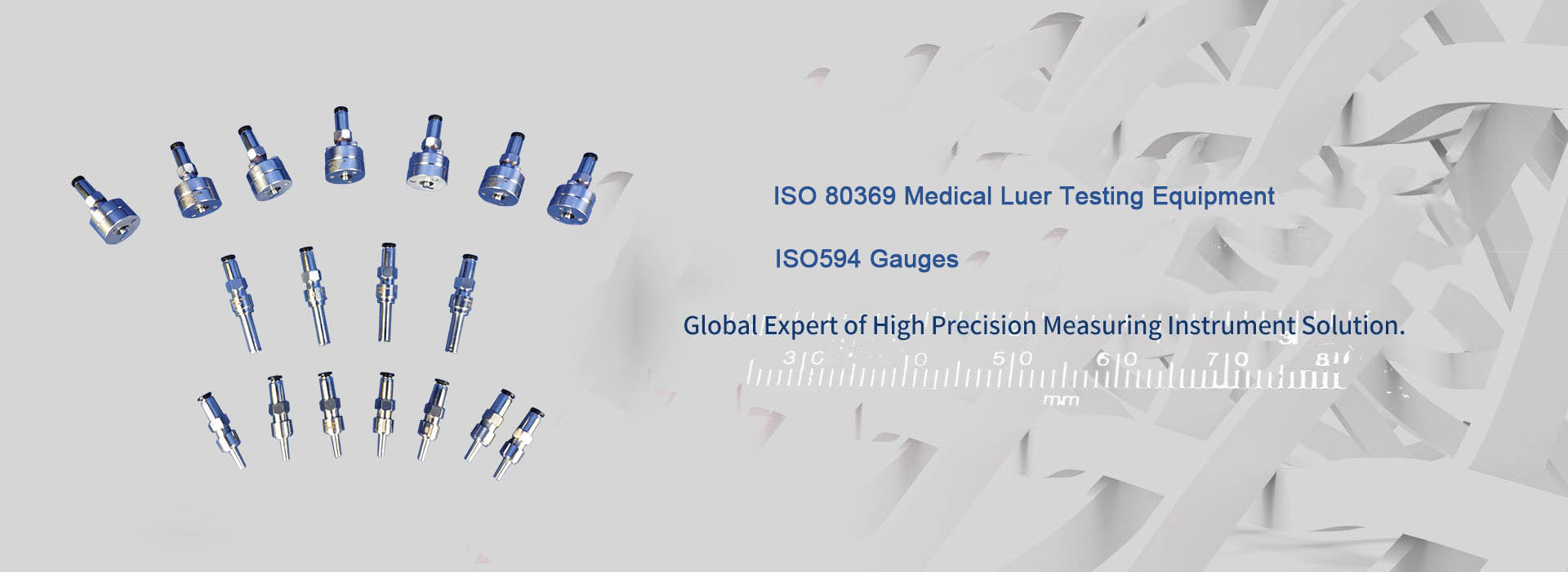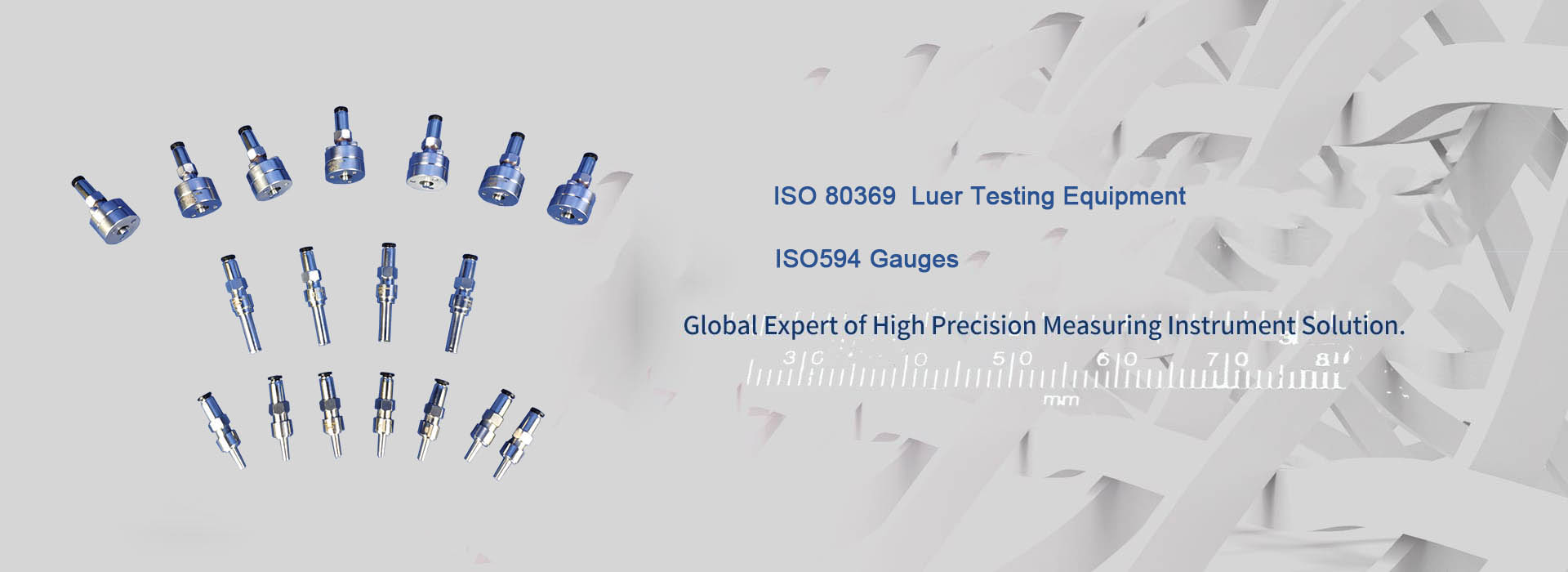Pull
For various industries, the term pull and snap has emerged as a game-changer, in the realm of technology and innovation.It is a mechanism which allows for the easy attachment and separation of components, thereby providing convenience and efficiency.This article explores the concept of pull and snap, examining its applications and benefits, as well as addressing common queries related to this intriguing technology.

I. Understanding the Basic Principles of Pull and Snap TechnologyAt its core, pull and snap technology is designed to simplify the process by which parts are connected and disconnected.By incorporating this mechanism, devices and products are enabled to offer improved usability and user-friendliness.A. Defining Pull and Snap

A mechanism known as pull and snap technology enables components to be easily connected and disconnected through a simple tugging and locking motion.B. Mechanism of Operation for Pull and SnapThe functioning of the pull and snap system is based on the principle of interlocking.Upon being pulled apart, the tabs and pins within one component snap into the corresponding openings or grooves within the other component, thus creating a solid and reliable attachment.

- KINGPO will meet you at the 92nd China International Medical Equipment (Autumn) Expo in 2025
- Is defibrillation protection testing done correctly?
- Fatal mistakes in IPX9K waterproof test: nozzle size and water temperature control, the truth you must know
- What are the key differences between ISO 80369-7 and ISO 594?
- What are the implications for manufacturers transitioning from ISO 594 to ISO 80369-7?
- KINGPO 2024 R&D Results Report
- ISO 594 is replaced with ISO 80369
- ISO 80369-7:2016 Connectors with 6% (Luer) taper for intravascular or hypodermic applications What is the ISO 80369-7 standard? What happened to ISO 594-1 and ISO 594-2?
- Saudi Arabian Customer Purchase ISO 80369-7 reference connector and ISO 80369-20 test apparatus from us
- Understanding ASTM F2059 Fluid Flow Test: A Comprehensive Overview


